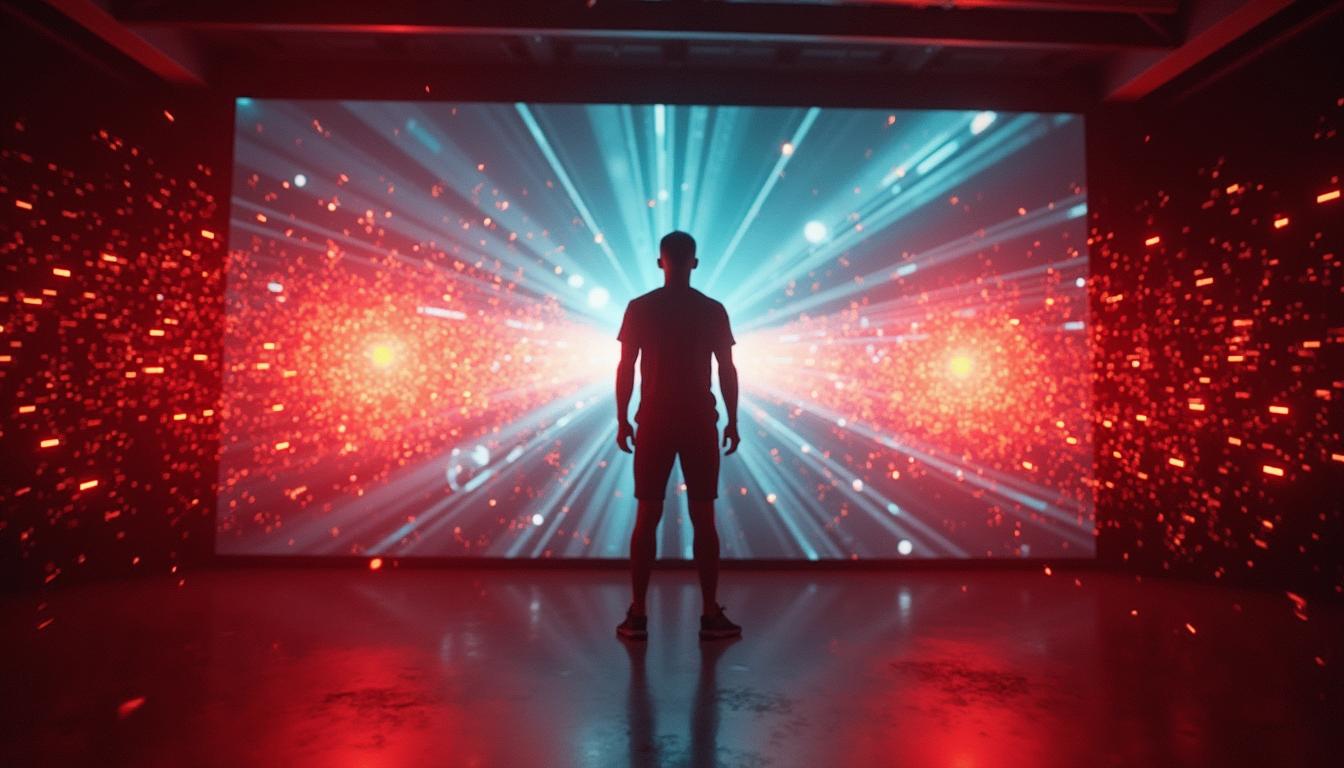Welcome to the Research and Strategy Services at in today's fast-paced.


Used to enhance human performance for elite athletes, military special forces, SWAT teams, Formula 1 teams, and jet pilots, NeuroTracker was described by the New York Times as ‘the most successful brain training in sports’. Maybe you’ve heard about it, but know little about what it actually is, or does. In this NeuroTracker 101 blog we'll cover the gist of what this neurotechnology is all about.
The NeuroTracker task can be summed up in three words – target, track, and identify.
Target is about focusing on your highlighted balls, and then keeping them clearly in your mind after they change to same as all the other balls.
Track is the main challenge of remembering and following your targets as they move around among all the distractors for 8 seconds.
Identify is simply clicking on your targets when they stop.

Then feedback shows whether or not you successfully identified all your targets. Doing this 20 times completes one NeuroTracker session, which takes around 6 minutes.
This means NeuroTracker is really simple to understand right from the get go. That said, it’s always challenging on each and every session. Firstly, this is because the speed of tracking adapts quickly, to push you at your optimal level in each and every session. Secondly, the number of targets and how long you track them for, will change over a training program, in sync with improving abilities.
To get an idea of the task, you can watch a short 2D demo here.
Training on NeuroTracker will build up your high-level cognitive functions, for better mental focus, attention and awareness. This is because it uses a recipe of neuroscience training techniques, that in combination, provide an optimized workout for your brain.

The 3D component is especially important. Firstly, it’s how we often perform in real-world circumstances where situational awareness is important. Everyday activities like driving a car, playing sports, or even walking through a busy shopping mall, all involve processing depth cues in stereo 3D.
Secondly, in the digital age, where much of our time is spent looking at 2D screens like TVs, phones or computer displays, few people get much 3D stimulation. This is a problem when it comes to the brain’s neuroplasticity, which has a use it or lose it approach. NeuroTracker is a way to quickly and intensively stimulate our 3D processing neurons.
Thirdly, because processing 3D requires a lot of neural firepower, it elicits high-level cognitive functions that integrate broader mental abilities like attention, situational awareness and decision-making. This makes it an important ingredient in NeuroTracker’s ability to transfer training benefits to a broad range of performance benefits.
NeuroTracker is essentially a visual training exercise. However, understanding what you see can involve a lot more than simply the light that enters your eyes. For example, even though reading text is a simple visual process, what you interpret from it can be very complex. The NeuroTracker task has been designed in a way that stimulates mental resources both inside and outside of the visual centers of the brain. In this way the training goes beyond vision.
These effects have been shown in studies measuring people’s brainwaves who have been trained on NeuroTracker. The training provided sustained improvements in activity in the frontal regions of the brain, which deal with abilities like decision-making, awareness, problem solving and planning.
Likewise, a range of peer-reviewed studies have demonstrated that around 3 hours of NeuroTracker training transfers to measurable gains in high-level mental abilities, including executive functions, working memory, attention and processing speed. These are abilities that matter most in all areas of human performance, allowing us to concentrate and focus on what we need to, when we need to.

The real test of these benefits has been shown with demonstration of what is known as ‘far transfer’, where performing an abstract form of training, enhances specific real-world abilities. For example a study training soccer players, showed that after just 3 hours of NeuroTracker training, the athletes experienced a major reduction in passing errors during competitive play. From an error rate of 47%, they made just 28% errors – close to half the mistakes they would normally make under pressure.
Out of 1,600 peer reviewed studies, NeuroTracker provided the only evidence of far transfer to sport performance.
Some of the key advantages of this method are the simplicity and accessibility of the task, along with rapid benefits from bite-size training sessions. A plethora of peer-reviewed studies have consistently shown significant gains in high-level cognitive functions with just 20 minutes of training per week. The really good news is that the research reveals that diverse groups of people get similar benefits – from elite athletes and military personal, to elderly people and children with learning difficulties.

This is why the technology is used in over 800 performance and wellness centers worldwide, as well as by companies to improve employee work performance and wellness, and also by financial traders, to enhance their abilities to make better investment decisions.
So hopefully you now a good idea of what this unique form of cognitive training is all about. That said, we’ve only covered the fundamentals in this blog. If you’d like to learn about more advanced uses of NeuroTracker, then check out this Expert’s Corner blog by a veteran practitioner.






Welcome to the Research and Strategy Services at in today's fast-paced.

Discover how you can jump-start your overall brain health and wellness with our NeuroTrackerX guided wellness program in 66 days!

From stereo-3D to adaptive speed thresholds, get the lowdown on what makes NeuroTracker tick.

Check out our 101 on how NeuroTracker works under the hood.
.png)